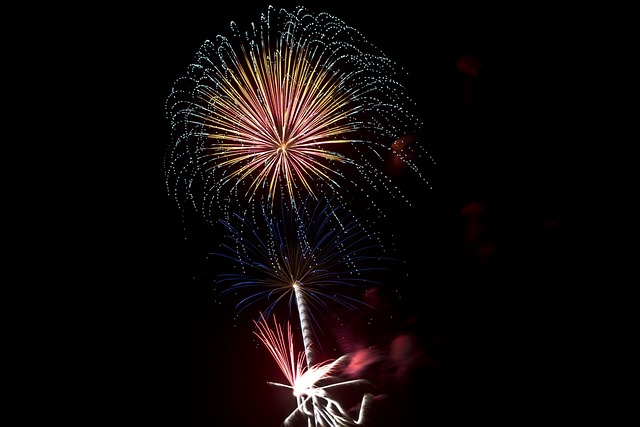New Year's Eve and sustainability - do they go together?
Konsum
Stadtnatur
Fireworks, firecrackers, party decorations and a large buffet - at first glance, the typical New Year's Eve celebration can hardly be associated with the sustainability factor. And the upcoming turn of the year is likely to be no different. "Fireworks industry looks set for record sales", notes the Stuttgarter Zeitung newspaper, for example. Interest in New Year's Eve fireworks remains high. "This is already evident from the tens of thousands of pre-orders in the specialized online trade and is also reflected in the quantities ordered by other retailers," the chairman of the Federal Association for Pyrotechnics and Artificial Fireworks (BVPK), Ingo Schubert, is quoted as saying.
According to the Federal Environment Agency, around 2,050 tons of harmful particulate matter are produced every year throughout Germany from the setting off of fireworks, more than 75 percent of which occurs on New Year's Eve. The remains of fireworks on the streets are a major waste problem afterwards. One (admittedly very small) consolation: the fireworks industry has, according to its own statement, become more sustainable "Rocket tip caps, bases and fuse covers, which were previously made of plastic, have been replaced by biodegradable materials," the Stuttgarter Zeitung newspaper quotes Schubert, head of the association, as saying. This also applies to a number of packaging items where the PVC covers have been replaced by more environmentally friendly cardboard. The aim of the industry is to completely replace plastic in products in the future.
However, NABU Baden-Württemberg is calling (as it does every year) for a ban on private "New Year's Eve bangers". "The loud bangs and the light reflections trigger a flight reflex in wild animals. It then takes them a very long time to calm down again. Fleeing at night costs them valuable energy, which they need to survive, especially on long, cold winter nights," warns NABU bird expert Stefan Bosch. The nature conservation association is therefore calling on people in the southwest to celebrate in a nature-friendly and wildlife-friendly way this year.
There are at least a few things you can do to make your own New Year's Eve celebrations - with or without fireworks - more sustainable. In any case, there are plenty of tips online. As an alternative to rockets and firecrackers, a fire barrel in the garden, a so-called Swedish fire or homemade torches are suggested. "Torches are easy to make yourself from pine cones, toilet paper rolls or scraps of fabric - so you can combine upcycling with a fun activity together," explains the WWF.
The more sustainable alternative of pouring wax instead of traditional lead casting (which is actually already banned) is also often mentioned. Wax pouring involves melting wax over a candle in a spoon. The liquid wax is then poured into cold water and hardens immediately. This newly created figure is interpreted and is said to represent a small oracle for the coming year.
The sustainability aspect is particularly easy to implement when decorating for a New Year's Eve party. The WWF has some great tips here too: Crackers are easy to make yourself from newspaper, a toilet roll and small surprises. "If that doesn't pop loudly enough, you can write wishes on sandwich bags, blow them up and let them burst loudly." Meanwhile, you can make your own bunting from scraps of fabric and string. And if you need confetti: "Either raid the paper garbage can and start punching with a hole punch (a wonderful activity for children), or collect colorful autumn leaves, press them, dry them and punch ecologically harmless confetti out of them."
Perhaps these tips will inspire you to start the new year a little more sustainably!
Images by Peggychoucair and PublicDomainPictures on Pixabay

